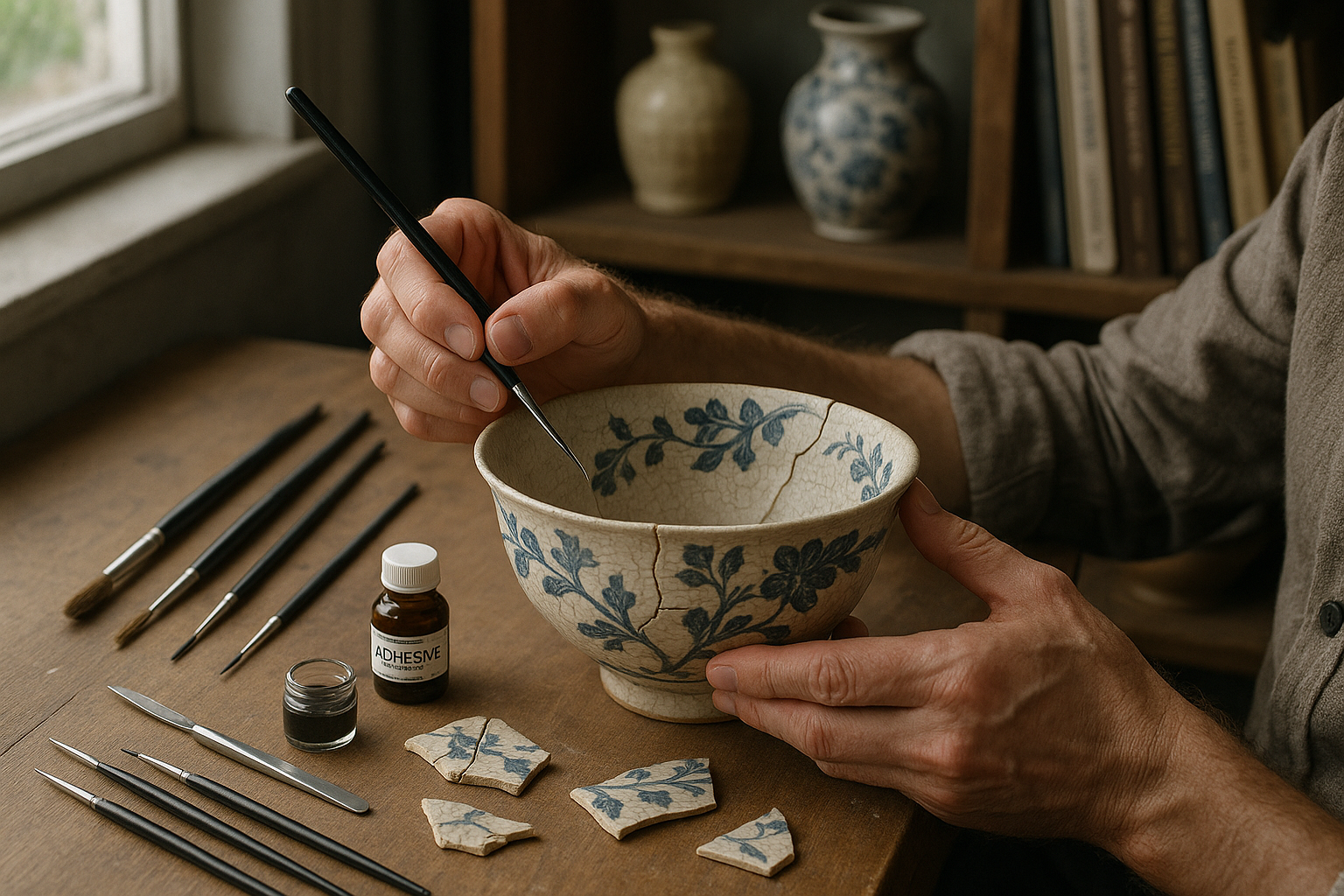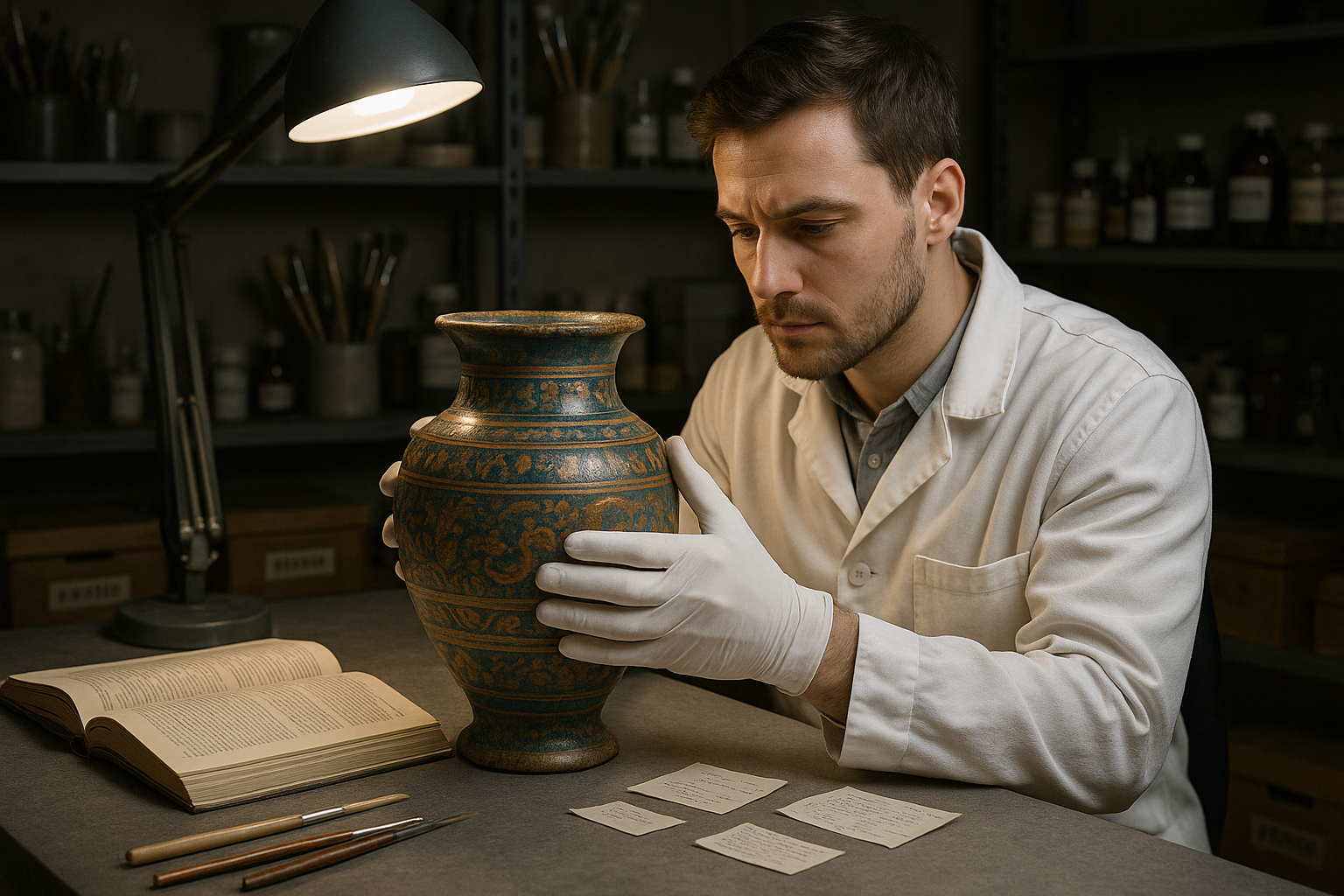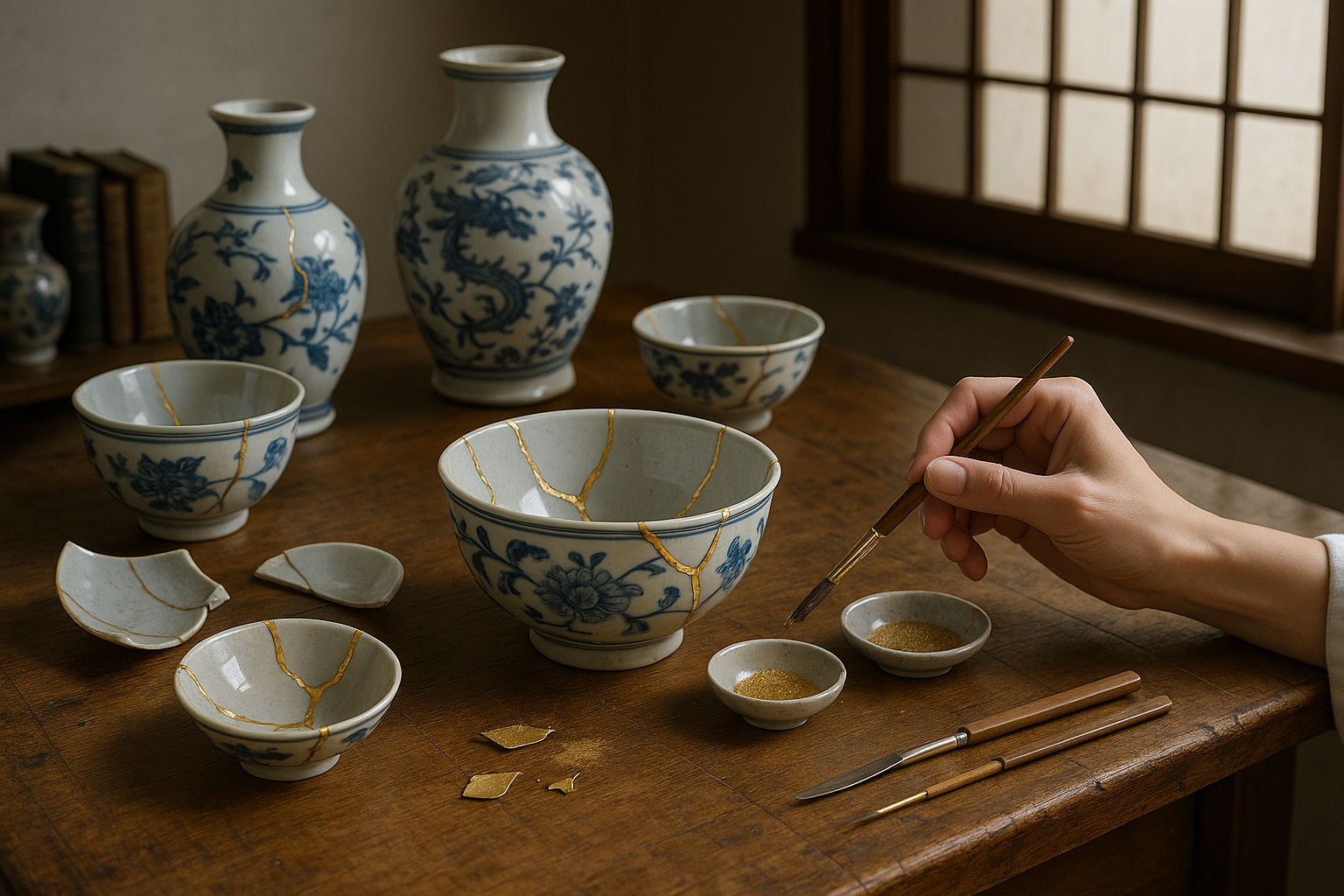In the world of fashion and textiles, color is more than just an aesthetic choice; it’s a statement, an identity, and often, a powerful tool for expression. Imagine investing in a beautifully vibrant garment only to watch it fade after a few washes. It’s disappointing, isn’t it? This is where the importance of colorfast testing comes into play. It ensures that the lively hues of your favorite fabrics remain vibrant and true for longer periods, regardless of wear and tear. 🎨✨
Colorfastness is not just about keeping clothes looking new; it’s about maintaining quality and value in every textile product. Whether you’re a manufacturer, a retailer, or a consumer who cherishes colorful clothing, understanding the intricacies of colorfast testing is crucial. In this comprehensive guide, we will unlock the secrets of this essential process, offering you insights into how it works and why it matters.
Our journey will take us through the science behind colorfast testing, exploring the various methods used to assess a fabric’s resistance to fading and bleeding. We will delve into the significance of this testing for different industries, from fashion to home textiles, and highlight the role it plays in sustainability efforts. 🌍
The Science Behind Colorfast Testing
At its core, colorfast testing is a scientific method used to evaluate how well a fabric’s color can withstand external factors such as washing, light exposure, and friction. This involves a range of tests, each designed to simulate different conditions that a fabric might encounter during its lifespan. We’ll explore these testing methods, including the washing fastness test, light fastness test, and rubbing fastness test, among others. Understanding these will give you a clearer picture of how manufacturers ensure the durability of their products.
The Impact on Industries
The implications of colorfast testing extend far beyond ensuring consumer satisfaction. For manufacturers, maintaining high colorfast standards is synonymous with quality assurance and brand reputation. We’ll discuss how different industries apply these tests to not only meet consumer expectations but also to comply with international standards and regulations.
Colorfastness and Sustainability
In an era where sustainability is more critical than ever, colorfast testing also plays a pivotal role in eco-friendly textile production. By ensuring colors stay vibrant, manufacturers can produce longer-lasting products, reducing the need for frequent replacements and thereby minimizing waste. We’ll look into how this contributes to more sustainable fashion practices and the growing trend of slow fashion. 🌱
Choosing the Right Products
For consumers, understanding colorfastness can be a deciding factor when purchasing textiles. We’ll provide tips on what to look for in product labels and how to perform simple tests at home to check the colorfastness of fabrics. Armed with this knowledge, you’ll be able to make more informed purchasing decisions, ensuring you invest in quality pieces that stand the test of time.
As we delve into these topics, our aim is to equip you with the knowledge to appreciate the intricate processes behind colorfast testing. This not only helps in making informed choices but also in valuing the craftsmanship and technology involved in creating the vibrant textiles we often take for granted.
By the end of this article, you’ll have a deeper understanding of how colorfast testing impacts the textiles we use every day. You’ll appreciate the importance of this often-overlooked aspect of textile production and how it contributes to both consumer satisfaction and environmental sustainability. So, join us as we unravel the fascinating world of colorfast testing and discover how it ensures that the colors we love remain vivid and true, wash after wash, wear after wear. 🧵

Conclusion
In the intricate world of textiles, colorfast testing emerges as a critical procedure, ensuring that vibrant hues remain steadfast and resilient against the trials of time and use. Throughout this article, we have journeyed through the multifaceted dimensions of colorfast testing, shedding light on its fundamental processes, significance, and the impact it holds across various industries. From understanding the basic principles of dye chemistry to exploring advanced testing methodologies, we have endeavored to provide a comprehensive overview that serves as a valuable resource for anyone invested in the longevity and quality of colored textiles.
To begin, we explored the essentiality of colorfast testing in the textile industry, emphasizing how it contributes to product quality and consumer satisfaction. The core of colorfast testing lies in its ability to evaluate how well a fabric can maintain its color when exposed to different external factors such as washing, light, and perspiration. This ensures that the end consumer receives a product that not only meets aesthetic expectations but also withstands practical use over time. The Intertek Group provides a robust framework for understanding these testing standards and their applications.
Moreover, we delved into the different types of colorfastness tests, each designed to simulate specific conditions that fabrics might encounter. These include wash fastness, light fastness, and rub fastness, each critical in determining a fabric’s suitability for different environments and uses. The nuances of these tests were illustrated with detailed descriptions and examples, providing readers with a clear understanding of their implementation and importance. For more information on these testing types, the SGS Textile Testing resources are invaluable.
Further, we highlighted the technological advancements that have revolutionized colorfast testing. With the advent of new machinery and digital technologies, the testing process has become more precise and efficient. These innovations not only improve accuracy but also reduce the time required for testing, thereby enhancing productivity in textile manufacturing processes. The integration of such technologies signifies a leap towards more sustainable and economically viable practices within the industry.
A critical discussion was also presented on the environmental and economic impacts of colorfast testing. By ensuring fabrics do not bleed or fade prematurely, manufacturers can reduce waste and minimize environmental impact, aligning with the growing demand for sustainable fashion practices. This aspect of colorfast testing underscores its relevance in today’s eco-conscious market, as it contributes to more responsible production and consumption patterns.
In light of the above points, the importance of colorfast testing cannot be overstated. It serves as a cornerstone for maintaining quality assurance in the textile industry, ensuring that products not only meet but exceed consumer expectations. By investing in rigorous testing procedures, manufacturers can safeguard their reputation and cultivate consumer trust, ultimately driving brand loyalty and market success.
As we conclude this exploration into the secrets of colorfast testing, we encourage you, our readers, to reflect on the insights shared and consider their application in your respective fields. Whether you are a textile professional, a student, or simply a curious mind, the knowledge gained here empowers you to make informed decisions and advocate for quality and sustainability in textiles.
We invite you to share your thoughts and experiences in the comments section below. Your feedback and discussions not only enrich our community but also foster a deeper understanding of this essential topic. Additionally, sharing this article with your network can help spread awareness and promote best practices across the industry. 🌟
Thank you for joining us on this enlightening journey through the world of colorfast testing. May the knowledge you’ve acquired here serve as a beacon for future endeavors, guiding you towards a vibrant and sustainable textile future. 🧵
Toni Santos is a restoration artist and historical design specialist devoted to reviving the beauty and soul of the past. Through meticulous craftsmanship and a deep respect for heritage, Toni brings antiques back to life—preserving not just objects, but the stories they carry through time. With hands trained in traditional restoration techniques and an eye for age-worn elegance, Toni restores furniture, artworks, artifacts, and heirlooms with precision and reverence. His work reflects a belief that restoration is not correction—it’s conversation between the old and the present. Blending artistry, conservation ethics, and historical research, Toni approaches every piece as a narrative in wood, metal, leather, or fabric—each with scars that speak of eras gone by. Whether repairing a hand-carved chair or reviving a forgotten painting’s vibrance, he respects the integrity of original craftsmanship while honoring its continued life. As the creative force behind Vizovex, Toni shares before-and-after showcases, restoration walkthroughs, and visual essays exploring the techniques and philosophies behind authentic antique revival. His platform celebrates: The timeless value of handcrafted work The quiet artistry of repair and preservation The cultural memory embedded in material objects The delicate balance between age and renewal For collectors, curators, artisans, and lovers of legacy, Toni’s world is an invitation to see restoration not as fixing what’s broken—but as restoring what still lives beneath the dust of time.




